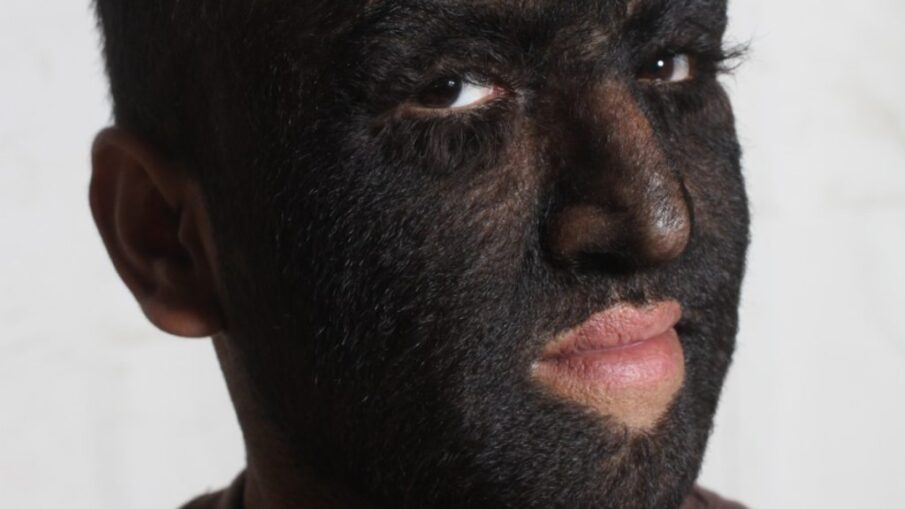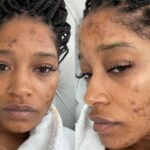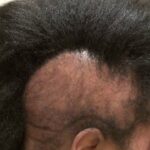Hypertrichosis, also known as werewolf syndrome, is a condition characterized by excessive hair growth anywhere on a person’s body. It can affect both women and men, but it is an extremely rare condition that affects one in 340 million people. It is important to know that hypertrichosis is different from hirsutism, which is a term reserved for females who grow an excessive amount of terminal hairs in androgen dependent sites. People suffering from hypertrichosis often suffer mental stress due to embarrassment. However, the cause of hypertrichosis is unknown,it can appear at birth or develop over time.
Symptoms of Hypertrichosis: As mentioned previously, hypertrichosis can occur at birth or develop later in life.
Lanugo: According to an article by Healthline published on the 28th of August,2018, this type of hair is very soft and fine, like that on the body of a newborn baby. It usually has no pigment and most babies lose lanugo within a few days or weeks after birth. If hypertrichosis is present, lanugo may remain unless treated and removed.
Vellous: Vellous hairs are unmedullated, soft and lightly pigmented. This type of hair is usually present on the new borns face. Vellous hairs have short hair follicles. They may be located anywhere but the soles of your feet, backs of your ears, lips, and palms, or on scar tissue. The follicles for these hairs are usually short, less than 1/13th of an inch long, according to the Indian Journal of Endocrinology and Metabolism
Terminal hairs: These are produced by follicles and appear very dense. Terminal hairs contain pigment and hence are dark in colour, long and thick. The length of hair may vary depending on the area.
Other symptoms associated with Hypertrichosis include, Enlarged gums, Missing teeth, Intellective delay, Epilepsy, malformation features, Abnormalities of eyes, heart, bones and kidneys
When these signs are noticed, do right by yourself or anyone you know, do some research and visit the doctor for treatment.



